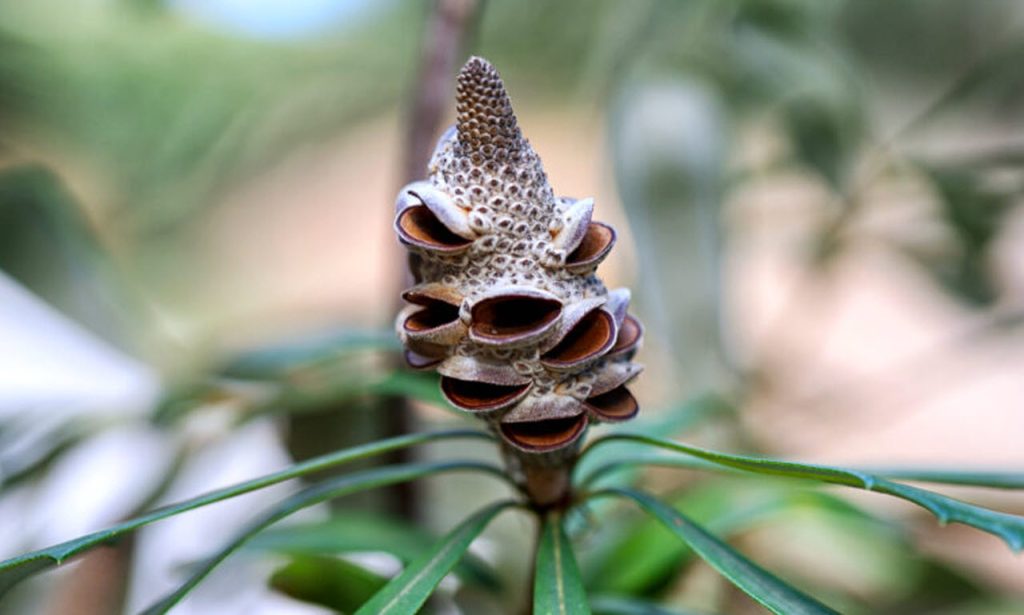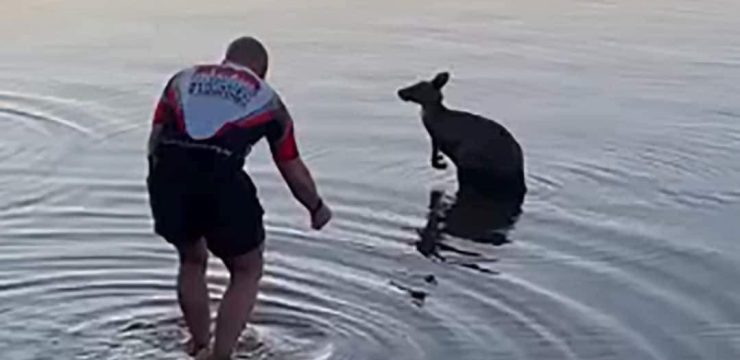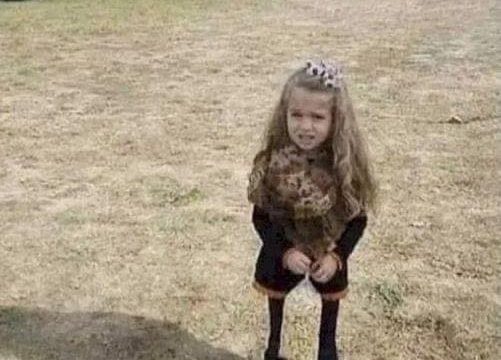Most of us spend a significant part of our day glued to screens. Whether we’re scrolling on our phones, watching the latest series on TV, or typing away on our computers, we are often bathed in artificial light. This screen-heavy lifestyle can take a toll on our mental and physical well-being. That’s why it’s incredibly important to occasionally disconnect and get outdoors to enjoy some fresh air.
Even a short stroll in a natural setting, like a park or a forest, can work wonders for your mood and energy levels. Just a few minutes surrounded by trees, chirping birds, and the rustle of leaves can recharge your mind. And who knows? You might even encounter something unexpected that will make your outing truly unforgettable.

Nature is full of surprises. Sometimes, it could be as simple as spotting a deer casually grazing in the distance or witnessing a sunset so vibrant that it takes your breath away. But on other occasions, something truly extraordinary can happen, like the experience that Australian nature enthusiast Kym Beechey had one day.
Kym is not just an outdoor enthusiast; she also has a passion for photography. She often combines her love for nature with her hobby, capturing stunning images of the world around her. On one particular day, while taking her usual walk in the Australian wilderness, Kym came across something that made her stop in her tracks.
As she was enjoying the peaceful surroundings, Kym suddenly noticed what she thought was a baby tawny frogmouth bird. Tawny frogmouths are unique birds native to Australia that bear a striking resemblance to owls. They have large, round eyes and are known for their ability to blend in with their surroundings due to their mottled feathers. Naturally, spotting one up close is a rare and exciting experience.
Without wanting to miss the moment, Kym carefully took out her phone. She tried to be as quiet as possible so as not to scare the bird away. The “bird” seemed to be sitting perfectly still, almost as if it was posing for her. Kym was thrilled at the chance to capture such a rare sighting on camera.
However, as she tried to get a closer shot, she noticed something odd. The “bird” seemed to have a peculiar smile on its face, something you wouldn’t typically associate with a tawny frogmouth. Intrigued, Kym zoomed in with her phone’s camera to get a better look. That’s when she realized her mistake. It wasn’t a bird at all—it was actually a banksia pod.
Banksia pods are the seed cones produced by banksia trees, which are native to Australia, particularly in the southwestern regions. These trees are also found in parts of New Zealand and Papua New Guinea. Although banksia trees are not related to pine trees, their pods bear a resemblance to pinecones due to their rough, scaly texture. However, they have a unique shape and pattern that makes them stand out once you know what you’re looking at.
The reason Kym mistook the banksia pod for a bird is that these pods can sometimes appear to have facial features. When the pods split open to release their seeds, they develop slits and cracks that can look remarkably like eyes and a mouth. In Kym’s case, the pod she found had an arrangement of cracks that made it appear to be smiling. It was a classic case of pareidolia—our brain’s tendency to perceive familiar shapes, like faces, in inanimate objects.

Banksia pods usually release their seeds in response to heat, particularly during a forest fire. The intense heat causes the pods to crack open, allowing the seeds to disperse and grow in the nutrient-rich soil left behind after a fire. This fascinating survival strategy ensures that banksia trees can continue to thrive even in harsh environments.
While Kym may have been momentarily disappointed that her “bird” was actually just a seed pod, she couldn’t help but marvel at how convincing the illusion was. In a way, the experience made her walk even more memorable. It was a reminder of how nature can play tricks on our minds and why it’s important to take the time to look closely at the world around us.
Kym’s story highlights a valuable lesson: Sometimes, the joy of being in nature isn’t just about finding what you were looking for, but about discovering something entirely unexpected. Whether it’s spotting wildlife, enjoying the rustle of leaves in the wind, or even mistaking a seed pod for a bird, these little moments remind us of the magic that exists in the natural world.
So the next time you’re feeling overwhelmed by the digital world, take a break. Step outside, breathe in the fresh air, and go for a walk. You never know what hidden wonders you might come across. And even if you don’t find anything as surprising as Kym did, you’ll still return feeling more refreshed and ready to tackle whatever the rest of the day throws at you.
Taking time to disconnect and reconnect with nature is not just good for your health; it’s good for your soul. After all, as Kym’s experience shows, nature has a way of surprising us when we least expect it. And who doesn’t love a good surprise?





